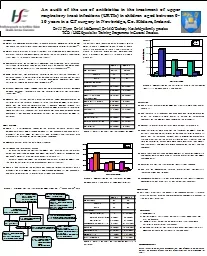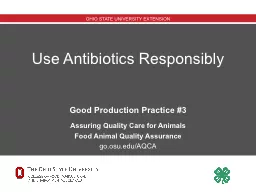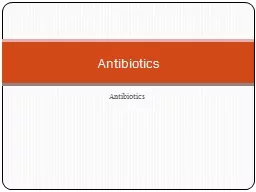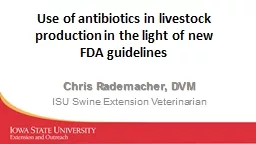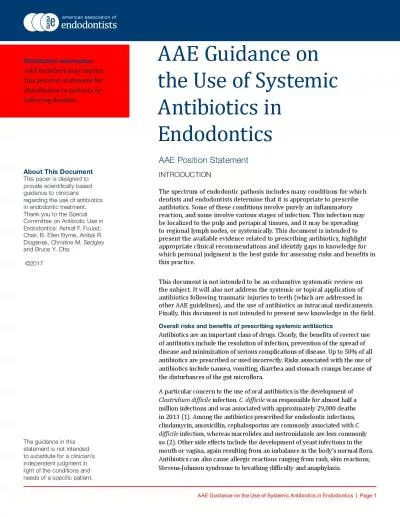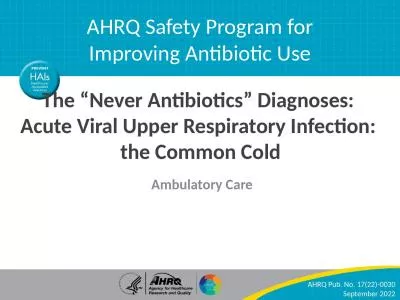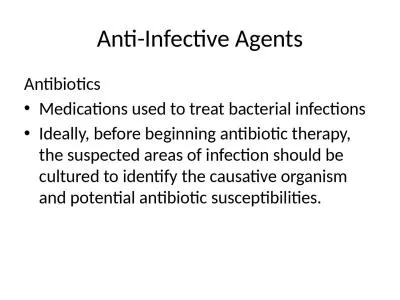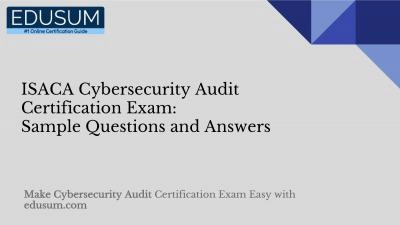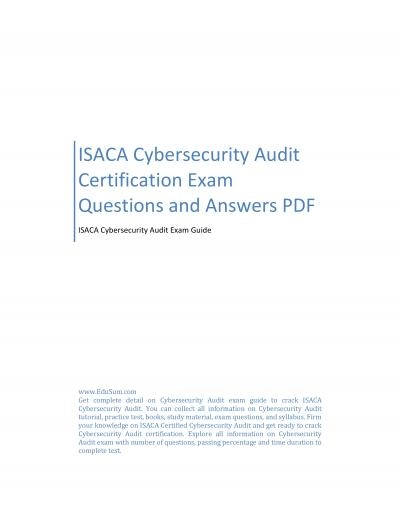PPT-An audit of the use of antibiotics in the treatment of uppe
Author : olivia-moreira | Published Date : 2017-06-26
Dr JJ Flynn Dr M McDonnell Dr M ODoherty Newbridge family practice TCD HSE Specialist Training Programme in General Practice Introduction URTIs are common presentations
Presentation Embed Code
Download Presentation
Download Presentation The PPT/PDF document "An audit of the use of antibiotics in th..." is the property of its rightful owner. Permission is granted to download and print the materials on this website for personal, non-commercial use only, and to display it on your personal computer provided you do not modify the materials and that you retain all copyright notices contained in the materials. By downloading content from our website, you accept the terms of this agreement.
An audit of the use of antibiotics in the treatment of uppe: Transcript
Download Rules Of Document
"An audit of the use of antibiotics in the treatment of uppe"The content belongs to its owner. You may download and print it for personal use, without modification, and keep all copyright notices. By downloading, you agree to these terms.
Related Documents

